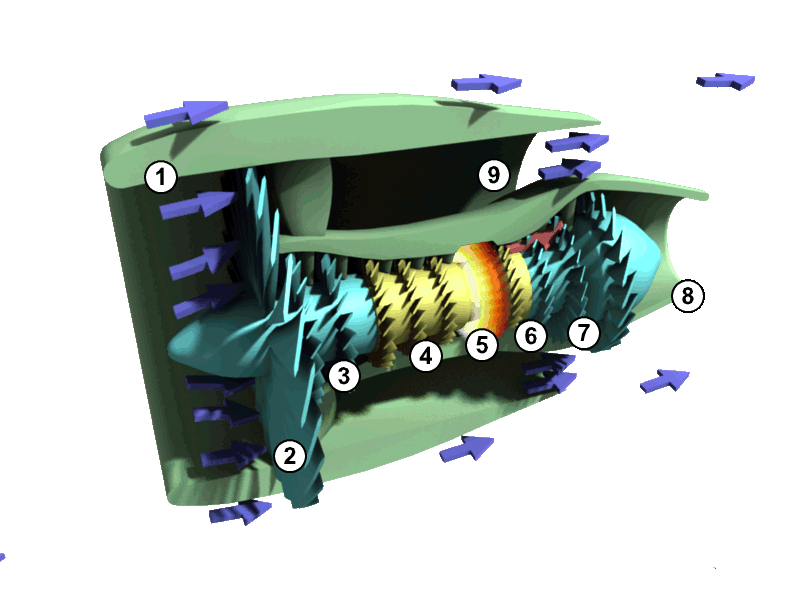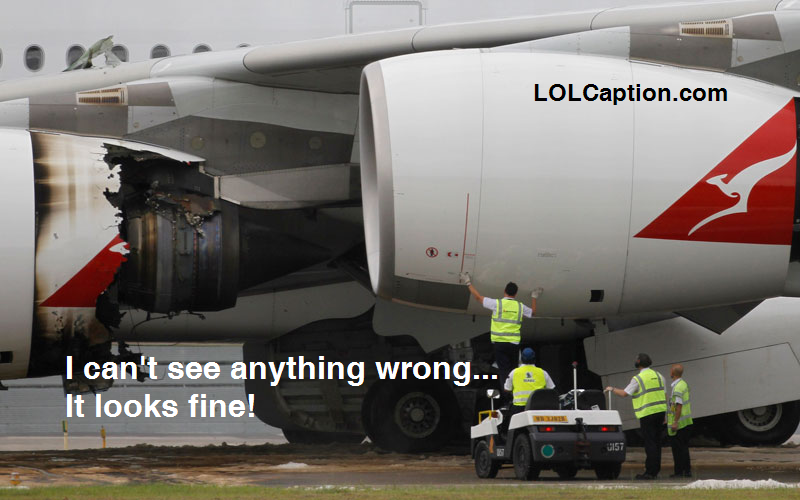FAA lowers the boom… Prompted by Cracked Fuselage on Southwest Airlines, Orders Immediate Inspections on Boeing 737s
(Sources: Washington Post, FAA, & WSJ)
The Federal Aviation Administration plans to order immediate inspections of older-model Boeing 737 jetliners that are the workhorse of domestic air travel, a precaution after a hole opened in the hull of a Southwest Airlines plane flying at 34,400.
The FAA on Monday announced (See FAA press release below) a speedy, but limited, response: It said it intends to issue an emergency safety directive calling for stepped-up structural inspections affecting about 170 of aircraft giantBoeing Co.’s workhorse 737s world-wide.

Image Courtesy: WSJ.com
WASHINGTON, D.C. – The FAA will issue an emergency directive tomorrow that will require operators of specific early Boeing 737 models to conduct initial and repetitive electromagnetic inspections for fatigue damage. This action will initially apply to a total of approximately 175 aircraft worldwide, 80 of which are U.S.-registered aircraft. Most of the aircraft in the U.S. are operated by Southwest Airlines.
“Safety is our number one priority,” said Transportation Secretary Ray LaHood. “Last Friday’s incident was very serious and could result in additional action depending on the outcome of the investigation.”
“The FAA has comprehensive programs in place to protect commercial aircraft from structural damage as they age,” said FAA Administrator Randy Babbitt. “This action is designed to detect cracking in a specific part of the aircraft that cannot be spotted with visual inspection.”
The FAA airworthiness directive will require initial inspections using electromagnetic, or eddy-current, technology in specific areas of the aircraft fuselage on certain Boeing 737 aircraft in the -300, -400 and -500 series that have accumulated more than 30,000 flight cycles. It will then require repetitive inspections at regular intervals.
Last November, the FAA published a rule designed specifically to address widespread fatigue damage in aging aircraft. The rule requires aircraft manufacturers to establish a number of flight cycles or hours a plane can operate and be free from fatigue damage. The rule requires aircraft manufacturers to incorporate the limits into their maintenance programs.
















